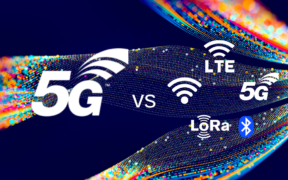Category: 5G

In today’s digitally driven world, establishing a private network is a strategic move for many enterprises. The demand for seamless, secure, and reliable connectivity has led organizations to explore the benefits of owning and controlling their network infrastructure. This comprehensive guide will take you through the process of building a private network, emphasizing the significance […]

In the ever-evolving landscape of connectivity solutions, enterprises face a pivotal decision – whether to embrace the promise of 5G or deploy a blend of multiple network technologies. While the allure of a 5G-centric future is undeniable, practical considerations and real-world complexities necessitate a more nuanced approach. This article delves into the key factors that […]

In today’s interconnected world, network infrastructure is the backbone that enables seamless communication and connectivity. Whether it’s wireless networks, telecommunications, or smart buildings, the design and optimization of network systems are critical for delivering reliable and efficient connectivity. Among the various factors that contribute to successful network design, prediction accuracy stands out as a vital […]
